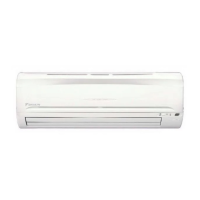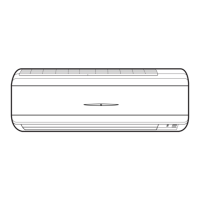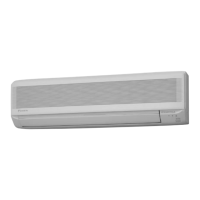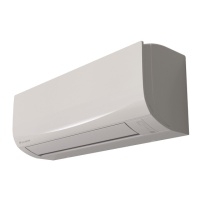What to do if my Daikin Air Conditioner operation stops suddenly and the OPERATION lamp flashes?
- Jjeffrey06Aug 6, 2025
If the Daikin Air Conditioner operation stops suddenly and the OPERATION lamp flashes, clean the air filters or remove any obstructions. Then, turn the breaker OFF, and turn it ON again. Try operating the air conditioner with the remote controller.





